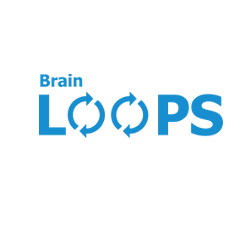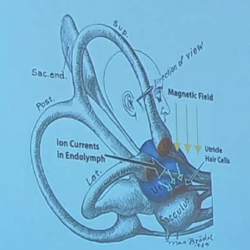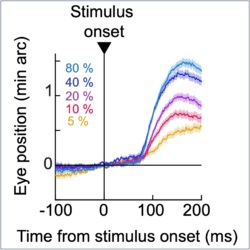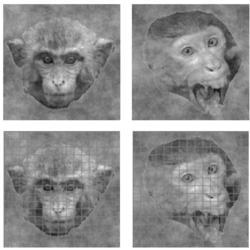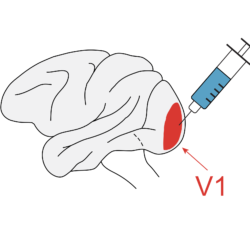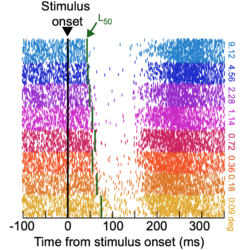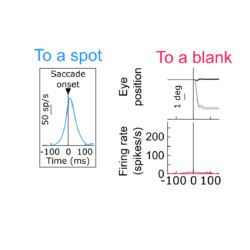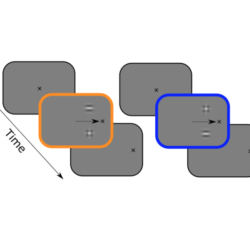Sensing LOOPS retreat 2024
Our lab participated in the first annual retreat of the Sensing LOOPS (SPP 2411). Sensing LOOPS is a Priority Programme of the German Research Foundation, and our lab has a funded project in this program. At the retreat, Tong and Tanya presented their work. Tong gave a great talk on signaling of prediction error by[…]

